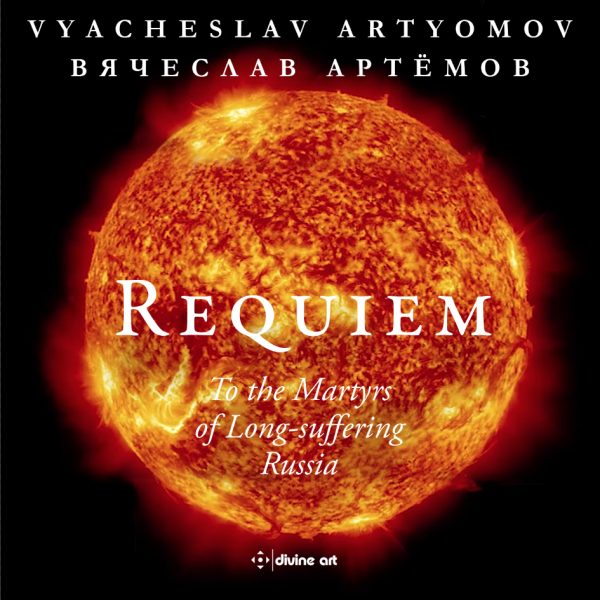Classica
Even if the USSR was living its last moments in 1988, during the writing of this Requiem, Artyomov undoubtedly had some daring to present a mass “for the martyrs of Long-suffering Russia”, that is to say, for the victims of the communist regime. It must be said that he was part of the Seven of Khrennikov, these musicians vilified in 1979 by the National Union of Composers: we understand that his relationships to the Party were not the most cordial. We can compare this mass of the dead to that composed twenty years later by Tigran Mansurian to commemorate the Armenian genocide. But where the latter seeks above all the purity, the sobriety, the recollection, Artyomov chooses to play the card of monumental pathos: his Requiem is a vast cry that alternates revolt and elegy, vehemence and lamentation. The mass of the choruses is combined with a powerful orchestra that is further strengthened by the organ and the bells. From the dissonance of the most tense moments (Dies Irae, Tuba Mirum), to the plaints of feminine voices rising in calmness, everything is done to upset the listener, to force him to face the suffering of the Russia. In an irony of history, Khrennikov, who had organized the boycott of Artyomov, also ends up recognizing the greatness of his enemy in his hearing of this work … We would almost think of Salieri faced with the Requiem of Mozart in Amadeus.
(Awarded four stars)
@divineartrecordingsgroup
A First Inversion Company
Registered Office:
176-178 Pontefract Road, Cudworth, Barnsley S72 8BE
+44 1226 596703
Fort Worth, TX 76110
+1.682.233.4978












